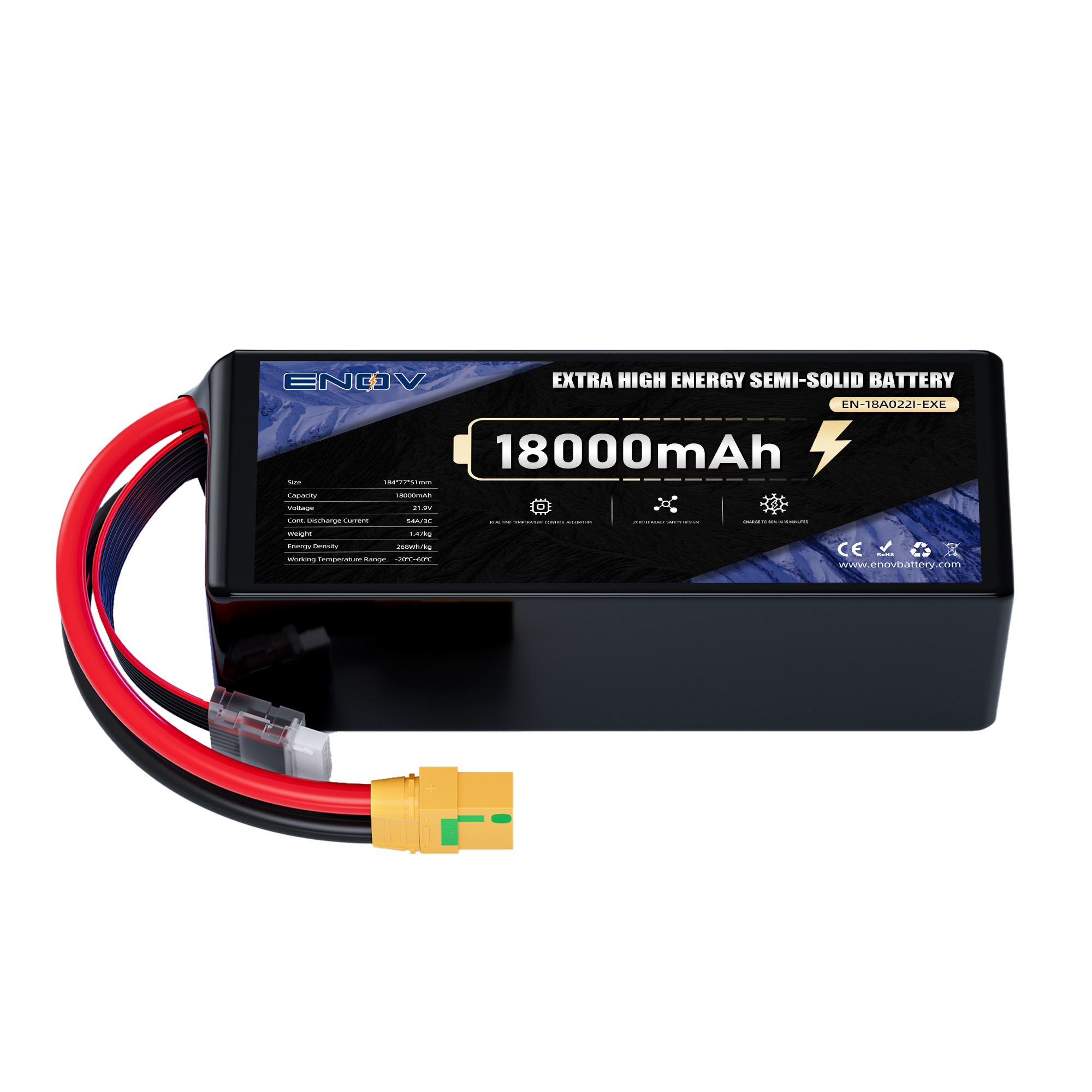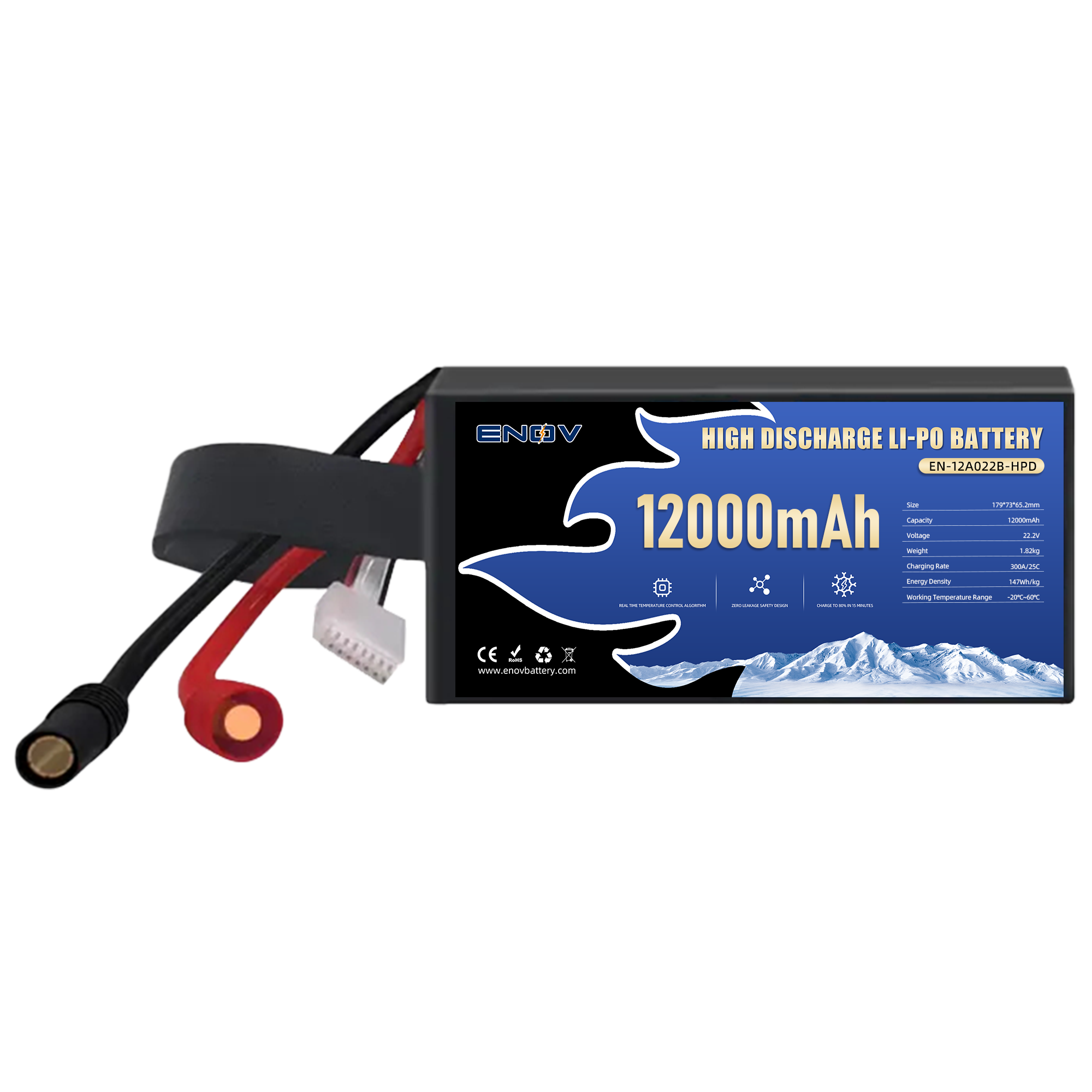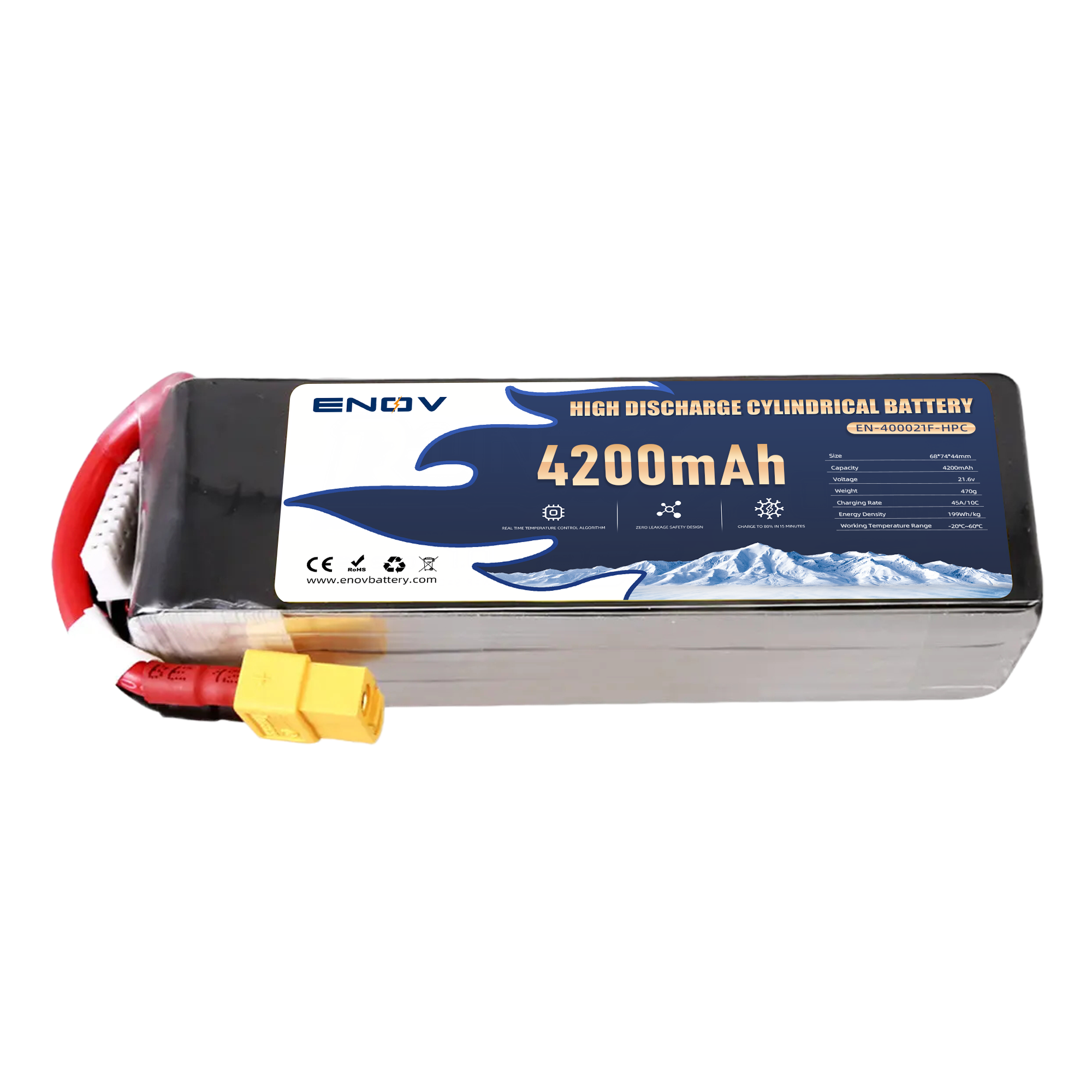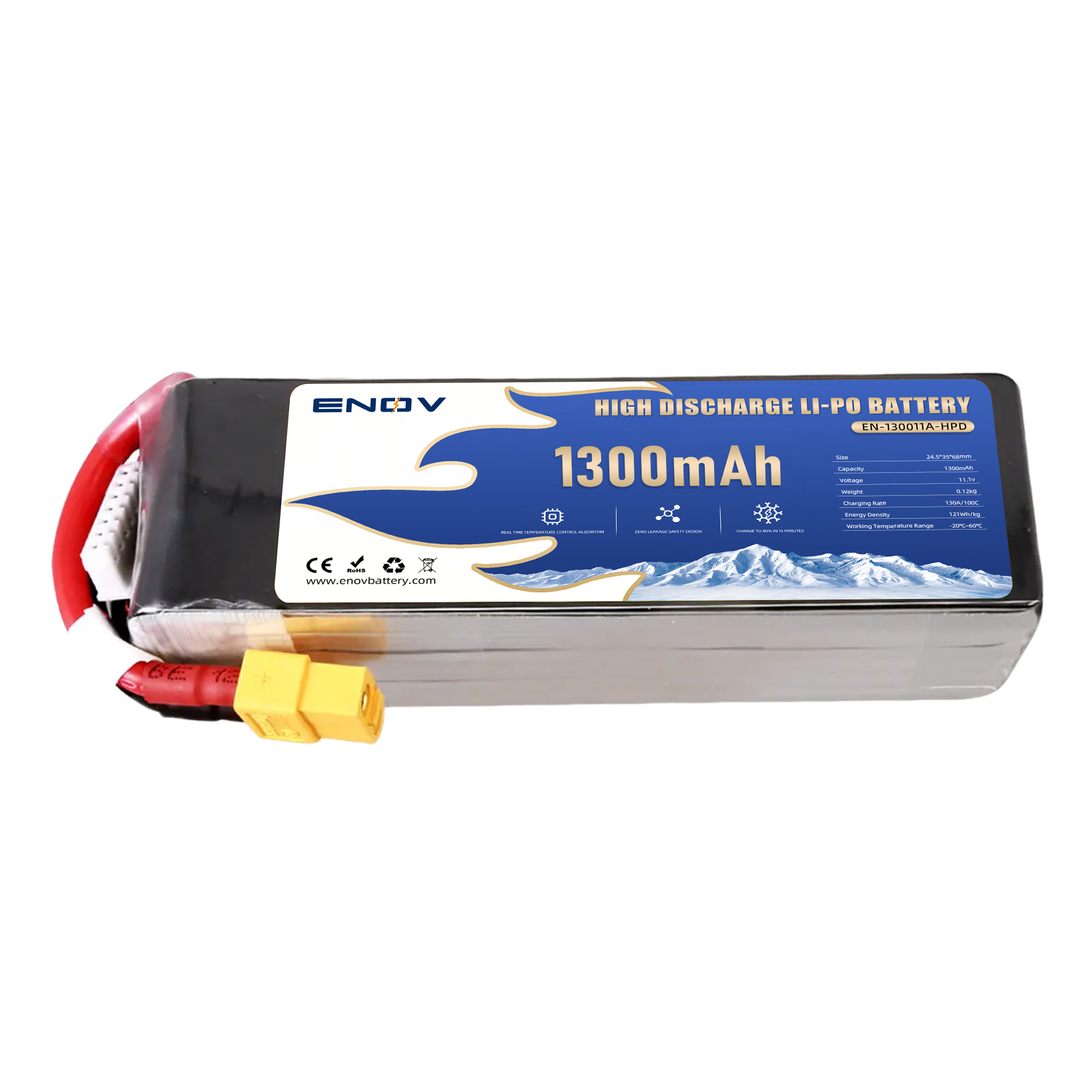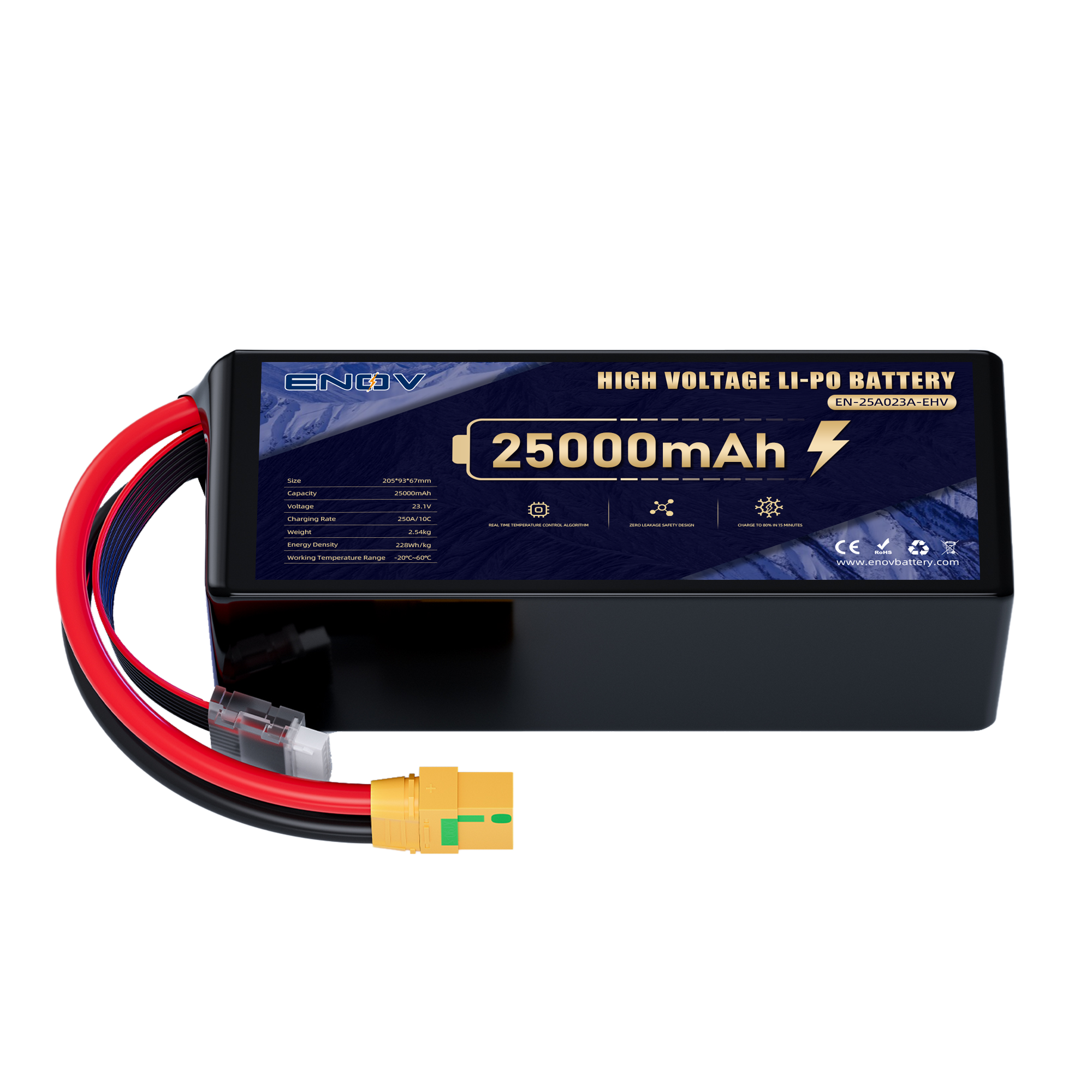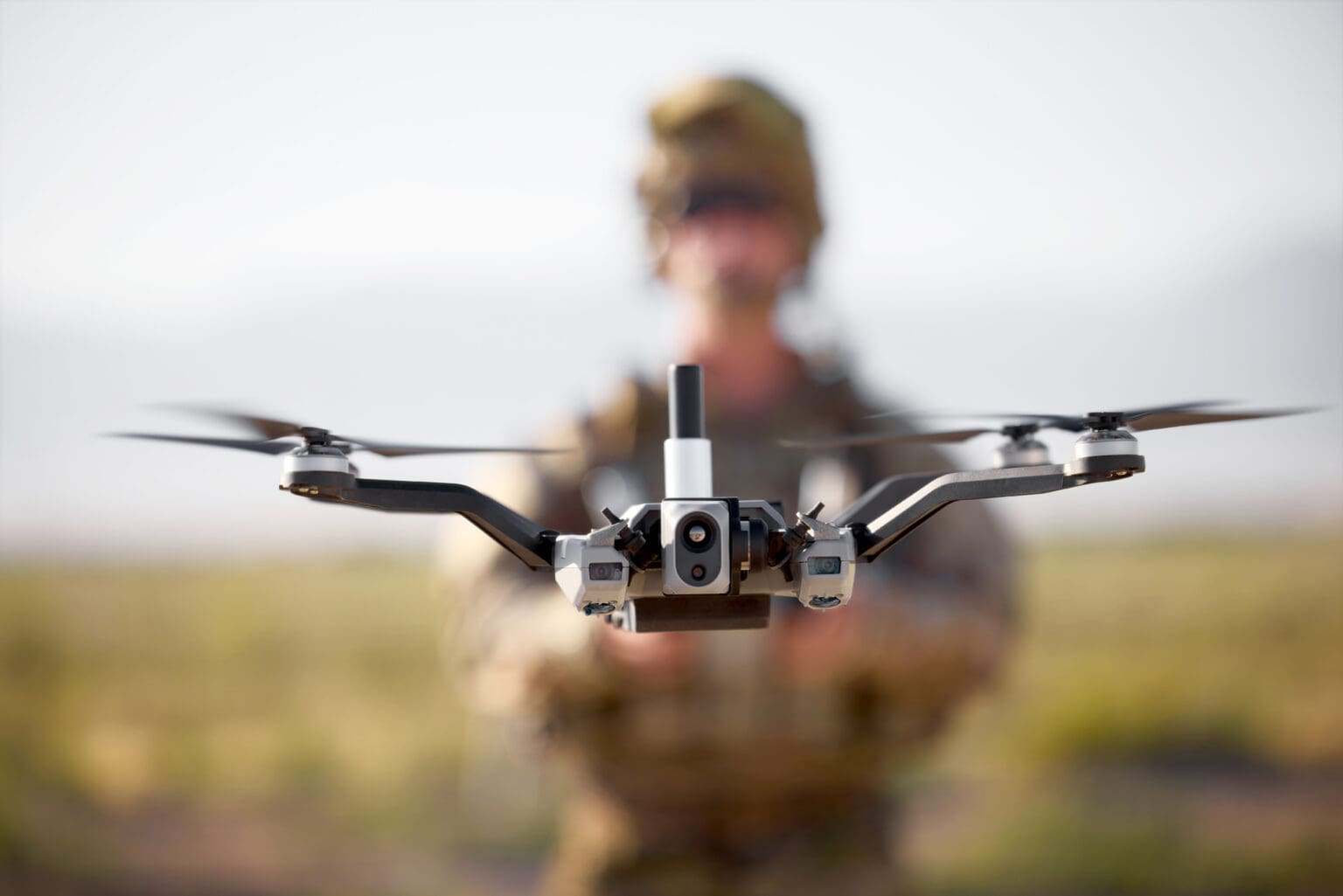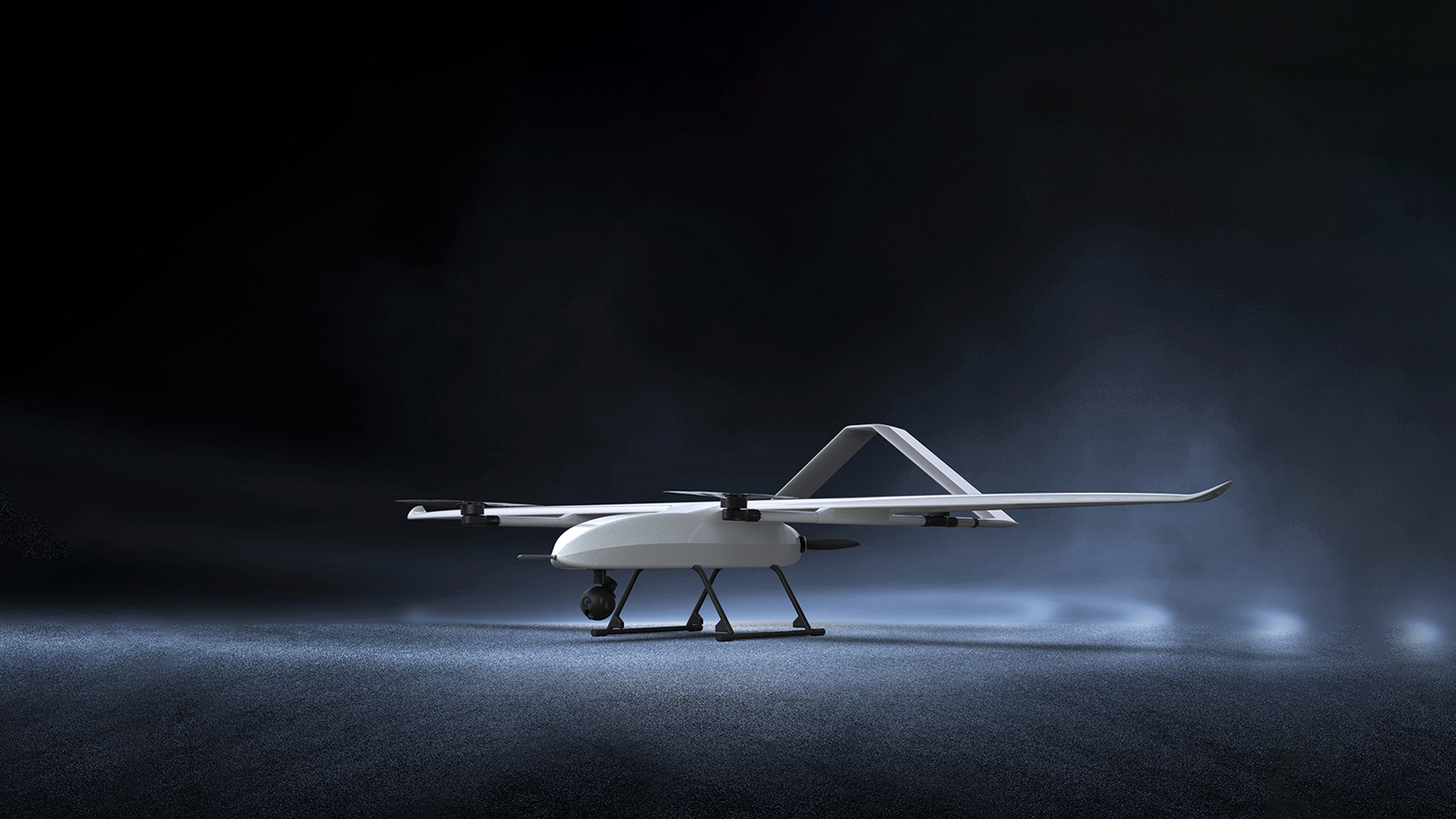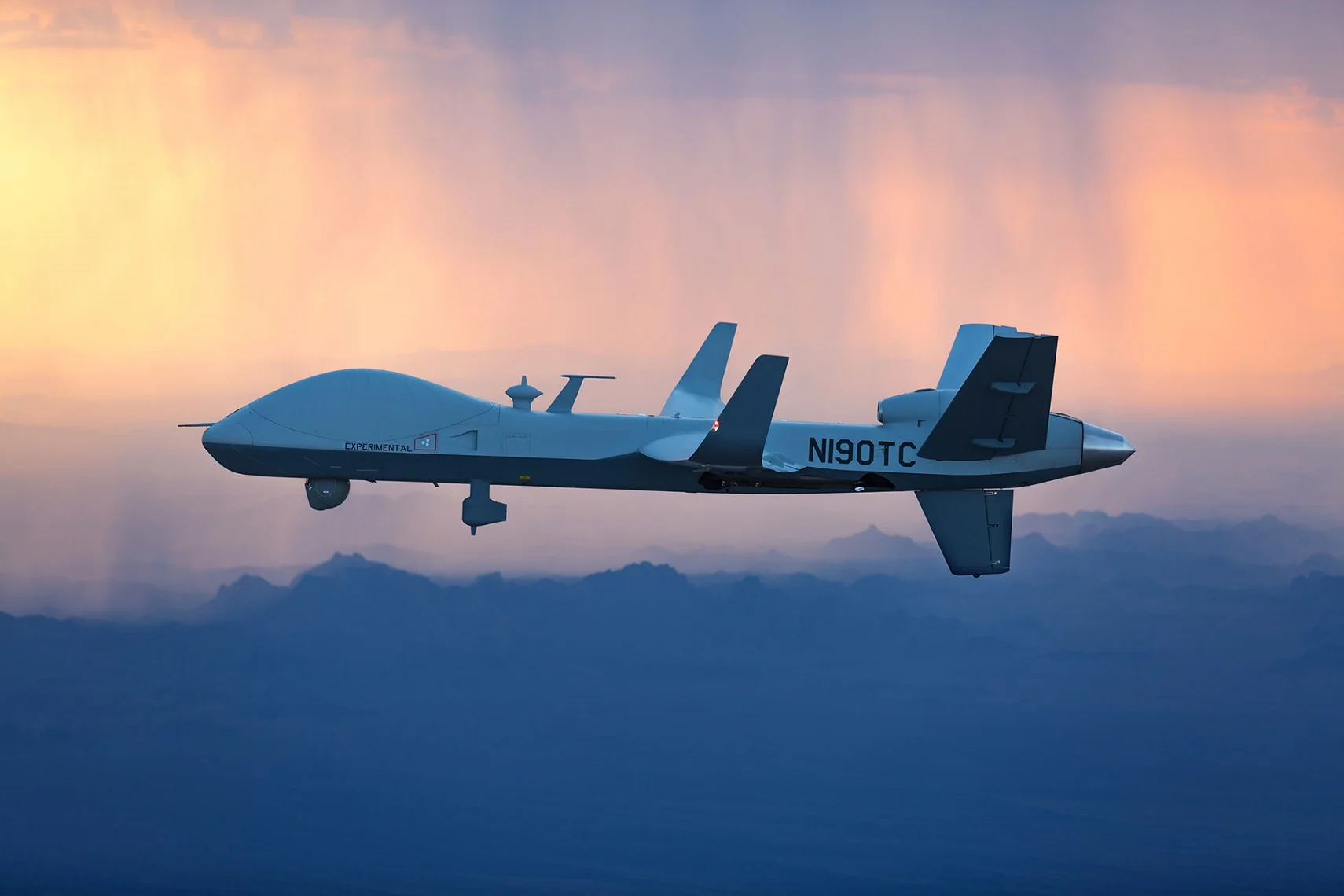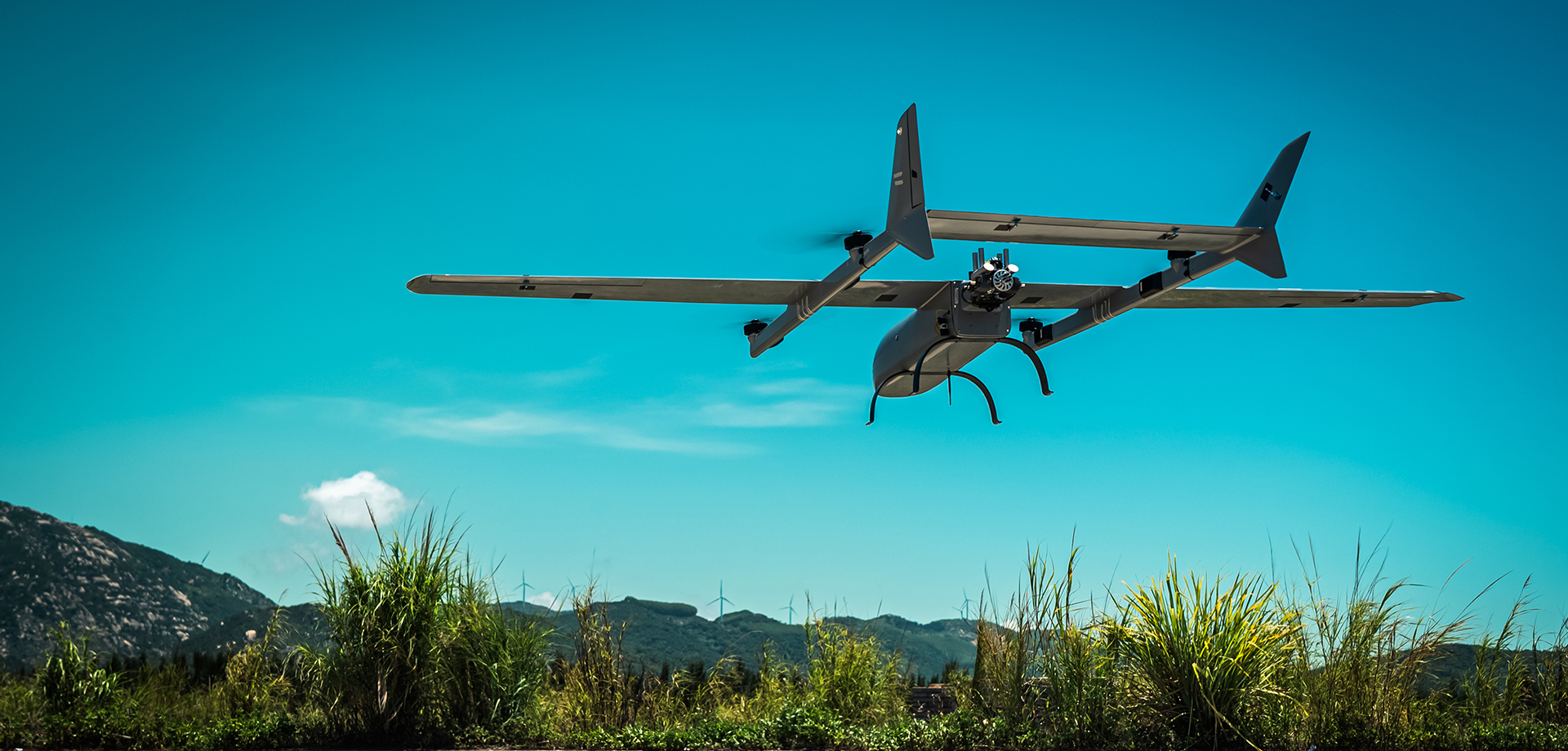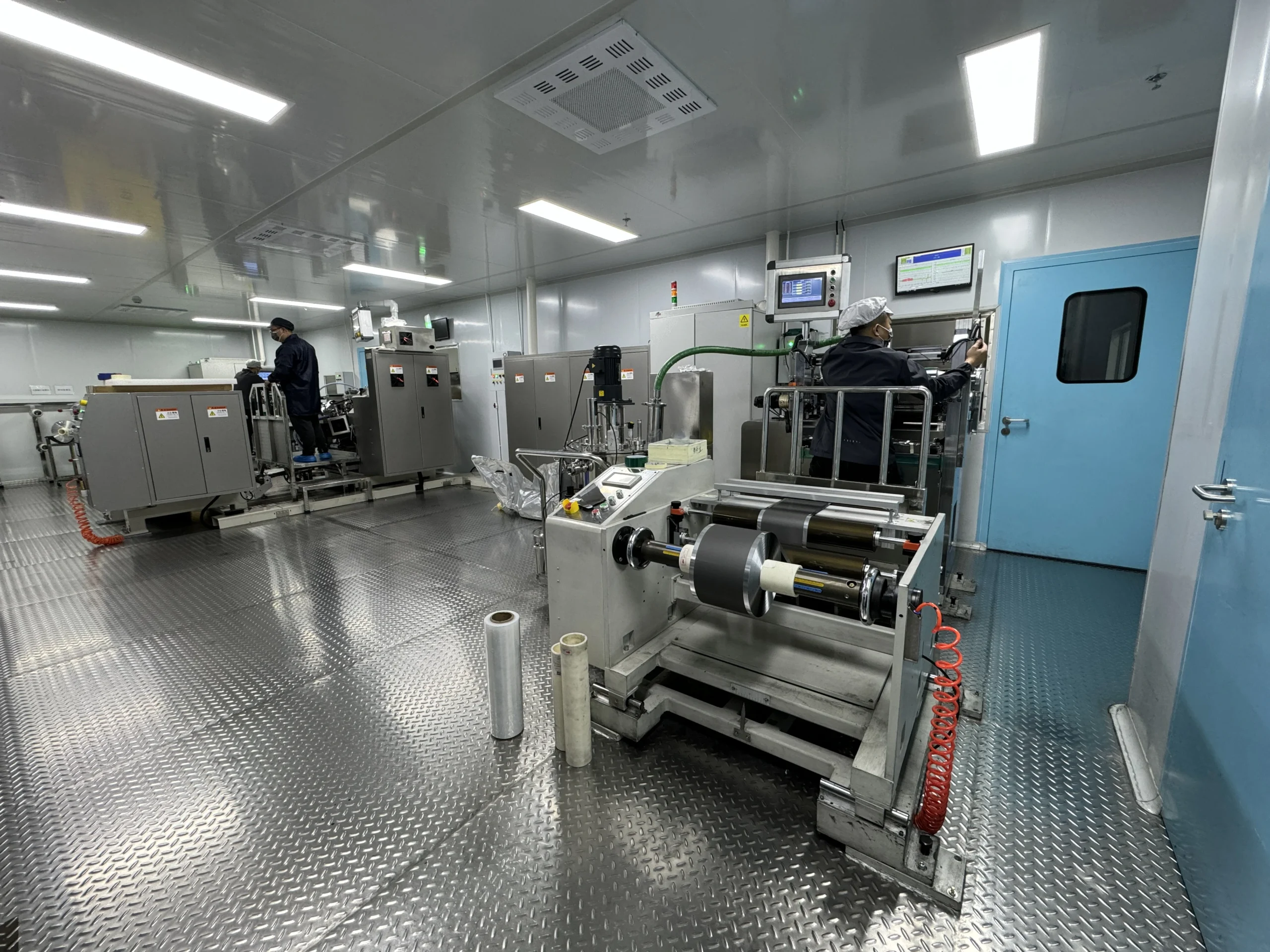Overcoming Energy Density Limits in Hydrogen Fuel Cells: Breakthroughs Redefining Drone Endurance
Overcoming Energy Density Limits in Hydrogen Fuel Cells: Powering the Future of Aerial Innovation
The quest to overcome energy density limits in hydrogen fuel cells has unlocked unprecedented potential for drone technology, merging sustainability with extended operational capabilities.
While traditional lithium-ion batteries struggle with weight and flight time restrictions, hydrogen fuel cells leverage electrochemical reactions to deliver 3-5x longer endurance while producing only water as a byproduct.
Innovations in materials science and engineering are now addressing historical bottlenecks, enabling drones to carry heavier payloads and operate for hours without refueling.
thrust
Material Innovations: Lightweight Storage Solutions
Hydrogen’s low density has long posed challenges for storage efficiency. However, advancements in nano-engineered reticular materials, such as metal-organic frameworks (MOFs), are revolutionizing energy storage.
For instance, solid-state hydrogen storage systems now achieve gravimetric efficiencies exceeding 5.5 wt.%, allowing drones to store more hydrogen without bulky tanks.
Companies like H2MOF utilize these crystalline structures to safely compress hydrogen at ambient temperatures, reducing energy losses by 50% compared to conventional compression methods.
Similarly, modular tanks with carbon fiber liners—like Doosan’s ultralight Type 4 systems—optimize weight-to-capacity ratios, freeing space for critical payloads like sensors or medical supplies.
Flow Field Design: Biomimicry Boosts Performance
Another breakthrough lies in optimizing fuel cell architecture. Inspired by natural water-channeling mechanisms in lizard skin and plant leaves, researchers redesigned flow fields to enhance reactant distribution.
This biomimetic approach increased peak power density by 30% by preventing water accumulation and ensuring uniform oxygen-hydrogen mixing. Such designs not only improve energy output but also extend the lifespan of platinum catalysts, lowering operational costs.
Industrial Applications: From Prototypes to Scalability
These advancements are already transforming industries. The H2D250 drone, for example, operates for over 10 hours with a 10 lb payload, ideal for military reconnaissance or disaster relief. Meanwhile,
Doosan’s DP30M2S hybrid powerpack combines fuel cells with backup batteries, ensuring safe landings during emergencies.
Commercial giants like Amazon are adopting hydrogen-powered VTOL drones for rapid deliveries, while projects like the U.S. Naval Research Laboratory’s Hybrid Tiger UAV demonstrate 24-hour flight times using solar-hydrogen hybrid systems.
Challenges and Collaborative Solutions
Scaling these technologies requires addressing supply chain vulnerabilities, particularly for rare-earth metals and carbon fiber. Partnerships like HevenDrones-Mach Industries aim to localize production of critical components, reducing geopolitical risks. Additionally, low-pressure storage systems and AI-driven energy management algorithms are cutting infrastructure costs by 40%, making hydrogen refueling stations viable even in remote areas.
Conclusion
Breaking through energy density barriers has positioned hydrogen fuel cells as the cornerstone of next-gen drone technology. By integrating cutting-edge materials, biomimetic engineering, and scalable infrastructure, these systems redefine aerial missions once deemed impossible. As industries embrace collaborative innovation, the era of lightweight, long-endurance drones powered by clean energy is no longer a vision—it’s the new reality.
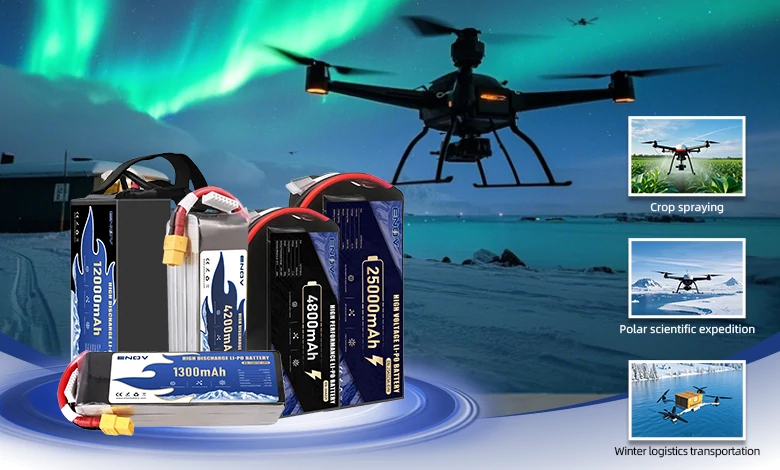
UAV DRONE battery
Enov UAV battery has the most advanced UAV battery new technology, it has a lightweight structural design, ultra-high energy density, stable continuous discharge, customized ultra-high instantaneous discharge, wide temperature working range, stable charge and discharge, battery materials can choose high nickel terpolymer positive/silicon carbon negative material system combined with semi-solid battery technology. Or choose a more mature application of more UAV lithium battery technology, available UAV battery nominal voltage 3.7V, capacity 18.0Ah ~ 30.0Ah, support 10C continuous discharge and 120C pulse discharge (3 seconds). With ultra-high energy density (220-300Wh/kg) as its core advantage, Enov UAV batteries can meet the needs of long-term endurance scenarios such as plant protection drones and transport drones, while maintaining stable emission performance in extremely low temperature environments (-40℃).
Other products
START-STOP LITHIUM BATTERY
LITHIUM ENERGY STORAGE BATTERY
QUICK INQUIRY
FAQ
Access to high frequency technical questions with one click, get accurate answers on product application, after-sales policy and customization process.
Service and Support
Get the latest product specifications, explore professional OEM/ODM customization services, click to open exclusive technical support and production solutions.
Become a Partner
We sincerely invite resources to interconnect, work together for win-win development, and immediately open a new chapter of strategic cooperation!
